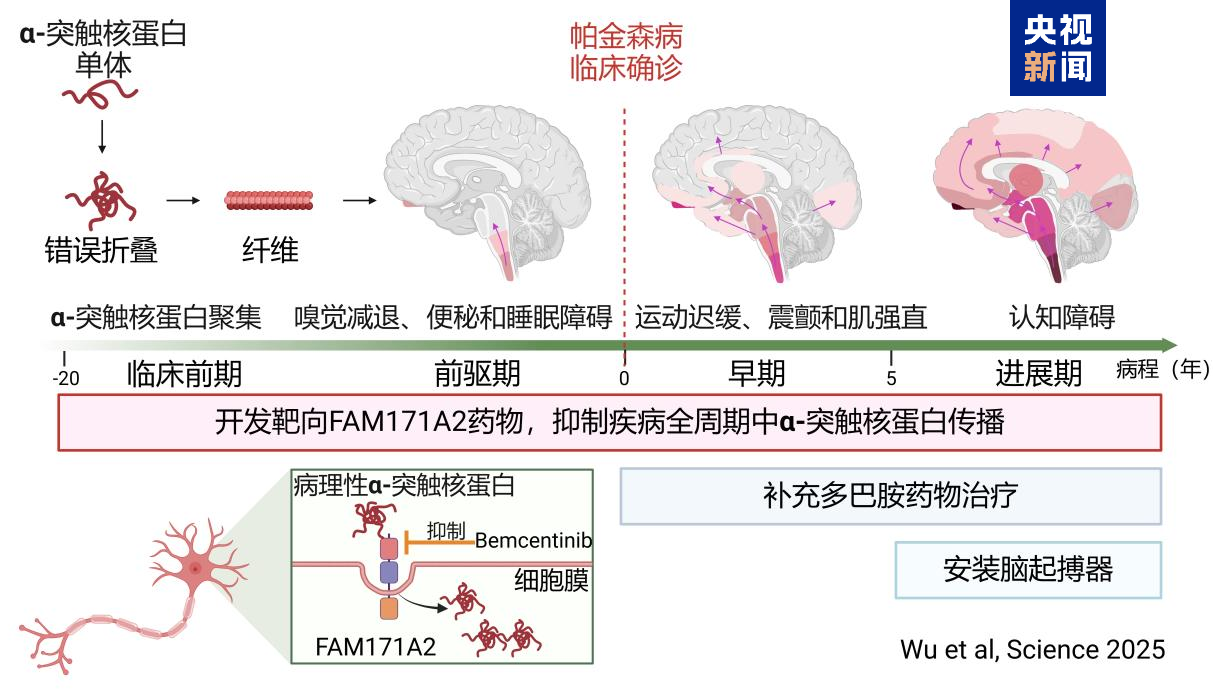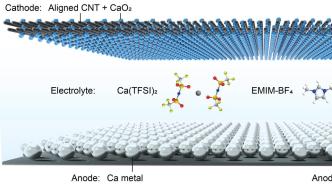
Recently, Yu Jintai's team at Huashan Hospital affiliated to Fudan University has made a major scientific breakthrough through five years of clinical and basic research, and discovered the world's first new therapeutic target for Parkinson's disease, FAM171A2. The new therapeutic target and candidate new drug discovered in this study are expected to intervene in Parkinson's disease from the early stage of the disease and delay the progression of the disease. The relevant research results were published online in the international academic journal Science on February 21, Beijing time.
The number of patients continues to rise, and Parkinson's disease has become a global problem
Parkinson's disease is the second most common neurodegenerative disease after Alzheimer's disease, which seriously affects the daily life of patients. The number of Parkinson's disease patients worldwide is expected to increase from about 7 million in 2015 to 13 million in 2040, and the total number of Parkinson's disease patients in my country accounts for about half of the world's total. Traditional drugs and surgical treatments only treat the symptoms of Parkinson's disease and cannot delay the progression of the disease. Therefore, further research on the deep causes of Parkinson's disease and the development of targeted treatments have become a strategic high ground for scientists in related fields around the world to explore.

Parkinson's disease progression mechanism and intervention methods
The world's first discovery of the FAM171A2 target as the key to the spread of pathological α-synuclein
After five years of dedicated research, Yu Jintai's team at Huashan Hospital Affiliated to Fudan University has identified the "fuse" for the transmission of pathological α-synuclein, a key pathogenic protein of PD, between neurons, and discovered candidate new drugs that inhibit its transmission process, providing new ideas for the treatment of Parkinson's disease.
The research team first discovered that FAM171A2 is a Parkinson's disease risk gene from a genome-wide association analysis of a large population. FAM171A2 is a neuronal cell membrane protein, but its function has never been studied before. After a series of studies, Yu Jintai's team confirmed that the neuronal membrane receptor FAM171A2 protein is the key to promoting the spread of pathological α-synuclein, and revealed the binding mechanism of FAM171A2 protein and α-synuclein for the first time in the world.
Based on the analysis of clinical samples from Parkinson's patients, the team found that the FAM171A2 protein content in the brains of Parkinson's patients increased, and the higher the FAM171A2 content, the higher the pathological α-synuclein content in the brain. Then, through a series of in vivo and in vitro experiments, the research team found that on the neuronal cell membrane, FAM171A2, like an "intelligent recognition gate," can selectively bind to pathological α-synuclein and carry it into neurons, inducing misfolding of monomeric α-synuclein in neurons, causing neuronal death and its spread between neurons. Subsequently, the research team confirmed through transgenic animals that knocking out FAM171A2 in mouse neurons can effectively control the progression of Parkinson's-like symptoms in mice.
Regarding the research findings, reviewers of Science magazine pointed out that identifying neuronal receptors for pathological α-synuclein aggregates is the "holy grail" of Parkinson's disease research, which can provide treatments to block the spread of pathology and delay disease progression; this study explores a crucial and significant scientific issue and is a very interesting, novel, important and translational study.

Parkinson's patients have α-synuclein pathology in their brains more than a decade before they develop motor symptoms. This study found that it is possible to block the spread of pathological α-synuclein and delay the progression of Parkinson's disease by inhibiting the original new target FAM171A2 in the preclinical, prodromal and clinical stages of the disease. In addition, the development of new drugs targeting FAM171A2 can also supplement the current drug treatment of supplementing dopamine levels to improve motor symptoms in the clinical stage and the neuromodulation treatment of brain pacemakers in the late clinical stage, building a more complete new treatment system for Parkinson's disease that treats both the symptoms and the root cause.
Based on this achievement, Yu Jintai's team applied for an international patent for the treatment of Parkinson's disease based on intervention of FAM171A2. Next, they will comprehensively and systematically carry out preclinical research and development work to find small molecule drugs, antibodies and gene therapy methods to treat Parkinson's disease, and further promote related results to clinical trials and clinical applications.


